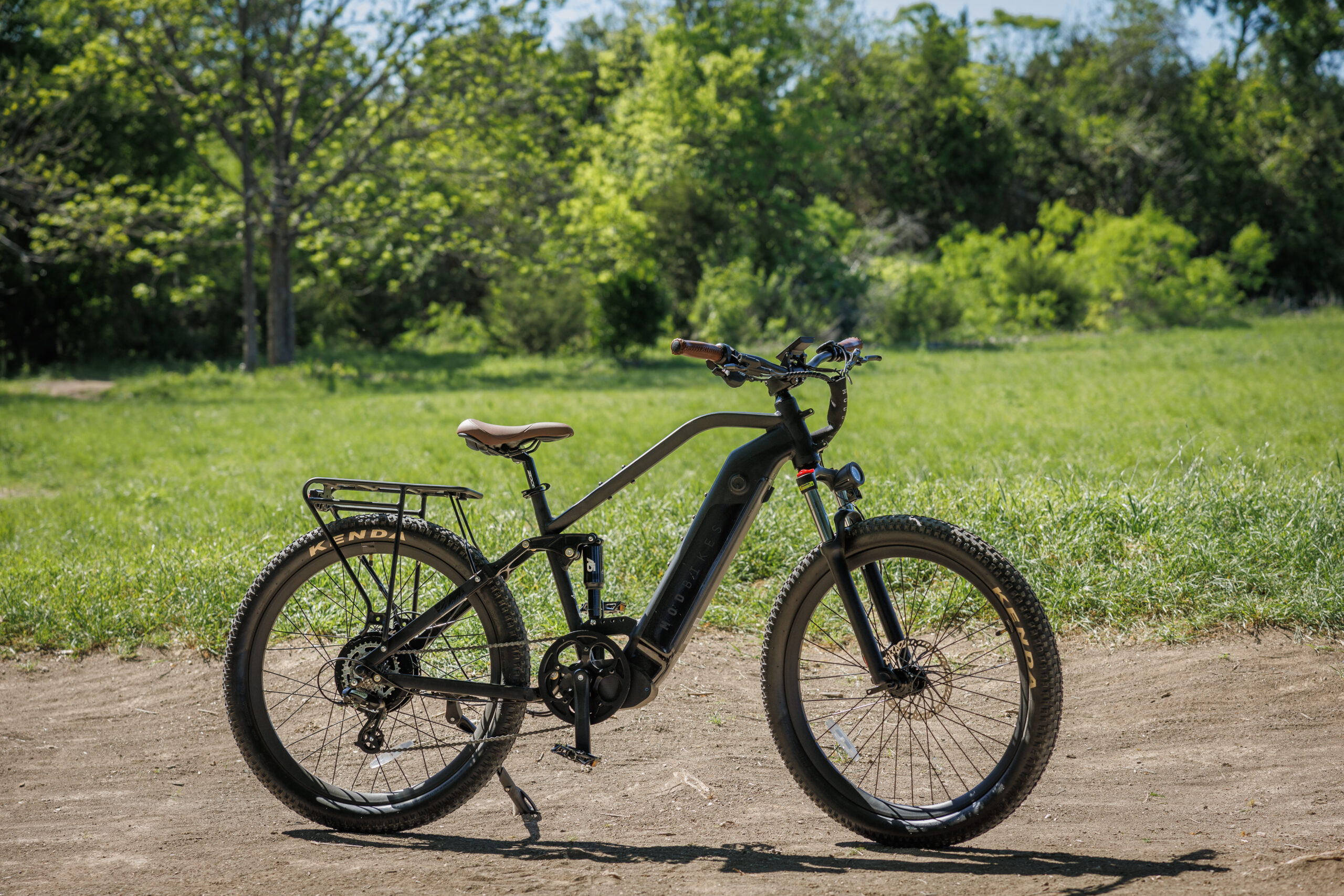 Sign up for daily news updates from CleanTechnica on email. Or follow us on Google News!
Sign up for daily news updates from CleanTechnica on email. Or follow us on Google News!
If you came across an article with this headline — High-Energy, High-Power Sodium-Ion Batteries from a Layered Organic Cathode — would you read it? Most people would say no and move on. But at CleanTechnica, we love battery stories like that, so of course we had to dig into it. Here’s the abstract to the study:
Sodium-ion batteries (SIBs) attract significant attention due to their potential as an alternative energy storage solution, yet challenges persist due to the limited energy density of existing cathode materials. In principle, redox-active organic materials can tackle this challenge because of their high theoretical energy densities. However, electrode-level energy densities of organic electrodes are compromised due to their poor electron/ion transport and severe dissolution.
Here, we report the use of a low-bandgap, conductive, and highly insoluble layered metal-free cathode material for SIBs. It exhibits a high theoretical capacity of 355 mAh g–1 per formula unit, enabled by a four-electron redox process, and achieves an electrode-level energy density of 606 Wh kg–1electrode (90 wt % active material) along with excellent cycling stability. It allows for facile two-dimensional Na+ diffusion, which enables a high intrinsic rate capability. Growth of the active cathode material in the presence of as little as 2 wt % carboxyl-functionalized carbon nanotubes improves charge transport and charge transfer kinetics and further enhances the power performance. Altogether, these allow the construction of SIB cells built from an affordable, sustainable organic small molecule, which provide a cathode energy density of 472 Wh kg–1 electrode when charging/discharging in 90 s and a top specific power of 31.6 kW kg–1 electrode.
If you found that to be a little dense, Interesting Engineering can help decode the technical language. It says researchers at the Dincă Group at Princeton University have developed a sodium-ion battery that utilizes a new organic cathode material, bis-tetraaminobenzoquinone (TAQ), which has shown remarkable energy performance. “The battery can store the same amount of energy within a much shorter charging time, or can store much more energy within the same charging time,” said Tianyang Chen, Dincă Group PhD and first author on the paper. The innovative technology has significant implications for various applications, including electric vehicles, data centers, and renewable energy systems.
This development addresses limitations associated with current energy storage technologies. Lithium-ion batteries, while widely used, rely on lithium, a resource with limited availability and complex supply chains. Sodium-ion batteries, on the other hand, offer a more sustainable and affordable solution. Sodium is abundant and widely available, reducing reliance on scarce resources. By utilizing sodium-ion technology, the negative environmental impact of energy storage can be mitigated, and a more stable supply chain can be ensured.
However, sodium-ion batteries also suffer from several challenges. “While scientists have made some progress with sodium-ion batteries, hurdles arise largely because of their low energy density — they have shorter battery-run times relative to their size,” the researchers said in a press release. This limitation has hindered the widespread adoption of sodium-ion batteries. “Energy density is something on a lot of people’s minds because you can equate it with how much juice you get in a battery. The more energy density you have, the farther your car goes before you have to recharge it,” said Dincă.
The new TAQ cathode material addresses these limitations. It exhibits exceptional performance in both energy and power density and could even surpass traditional lithium-ion cathodes. This breakthrough enables sodium-ion batteries to compete with lithium-ion batteries in terms of performance and efficiency. The insolubility and conductivity of the TAQ cathode are critical to its performance within a battery. Insolubility contributes to the stability of the cathode, preventing its breakdown during battery operation. Conductivity facilitates electron flow, a critical process for energy storage and release.
The transition from lithium-ion to sodium-ion technology involves distinct engineering considerations. The researchers spent a year adapting existing methods to accommodate the specific requirements of sodium-ion chemistry. The result was a battery that demonstrated performance close to its theoretical maximum capacity. “The binder we chose, carbon nanotubes, facilitates the mixing of TAQ crystallites and carbon black particles, leading to a homogeneous electrode,” explained Chen. This optimized structure allows for nearly 100% utilization of the active material, pushing the battery’s performance close to its theoretical limits.
The new sodium-ion battery has shown impressive performance metrics. “It exhibits a high theoretical capacity of 355 mAh/g per formula unit, enabled by a four-electron redox process, and achieves an electrode-level energy density of 606 Wh/kg (90 wt % active material) along with excellent cycling stability,” the study found. “These figures underscore the potential of this technology to compete with and eventually surpass existing lithium-ion batteries in various applications,” according to Interesting Engineering.
Now, don’t go rushing down to your local auto parts store and expect them to have sodium-ion batteries in stock. This stuff is all happening in the laboratory, which means it could be three to five years away from commercial production. We have been down the primrose path of new battery technology many times and know not to get too excited until all the specs on battery life and charging cycles are in. But that’s not the point. The point is that electric vehicles are still new technology and people all around the world are hard at work looking for new technologies that will make EVs more appealing to mass market customers because of higher performance and lower costs. Are sodium-ion batteries a viable alternative to lithium-ion batteries? Ask us that question in a couple of years.
Solid-State Battery News
Recently we reported on the new Gen6 battery technology BMW is introducing later this year, which the company says will give its next generation electric cars up to 30% more range. At the press event where that announcement was made, it was revealed that BMW will have a demonstrator vehicle with a solid-state battery later this year. However, a production car won’t happen anytime soon. Autocar learned from Martin Schuster, BMW’s vice president of next generation battery tech, that the company is unlikely to launch an EV with solid state batteries until the after 2030 at the earliest. According to BMW Blog, he said that while the German luxury brand can sell a car with a solid-state battery today, the production costs are still too high and it wouldn’t make sense to pass them off to the buyer. Purchasing and supply boss Joachim Post also mentioned the prohibitive costs, estimating that the customers wouldn’t pay the extra money.
What makes that interesting is that Mercedes and Hyundai both claim they will have cars with solid-state batteries in production by 2030. Mercedes drivers are traditionally well-heeled, but Hyundai does not play in the premium end of the pool (except for its Genesis division), so it is more cost conscious than BMW or Mercedes. Hyundai has just started pilot production of solid-state battery cells at its Uiwang Research Center in South Korea’s southern Gyeonggi province. It will be interesting to see if the Korean company can beat the German manufacturers to the punch when it comes to solid-state batteries. We should know more about the Hyundai initiative early next month when it is scheduled to formally announce its new solid-state “Dream” batteries.
Chip in a few dollars a month to help support independent cleantech coverage that helps to accelerate the cleantech revolution!
Have a tip for CleanTechnica? Want to advertise? Want to suggest a guest for our CleanTech Talk podcast? Contact us here.
Sign up for our daily newsletter for 15 new cleantech stories a day. Or sign up for our weekly one if daily is too frequent.
CleanTechnica uses affiliate links. See our policy here.
CleanTechnica’s Comment Policy




